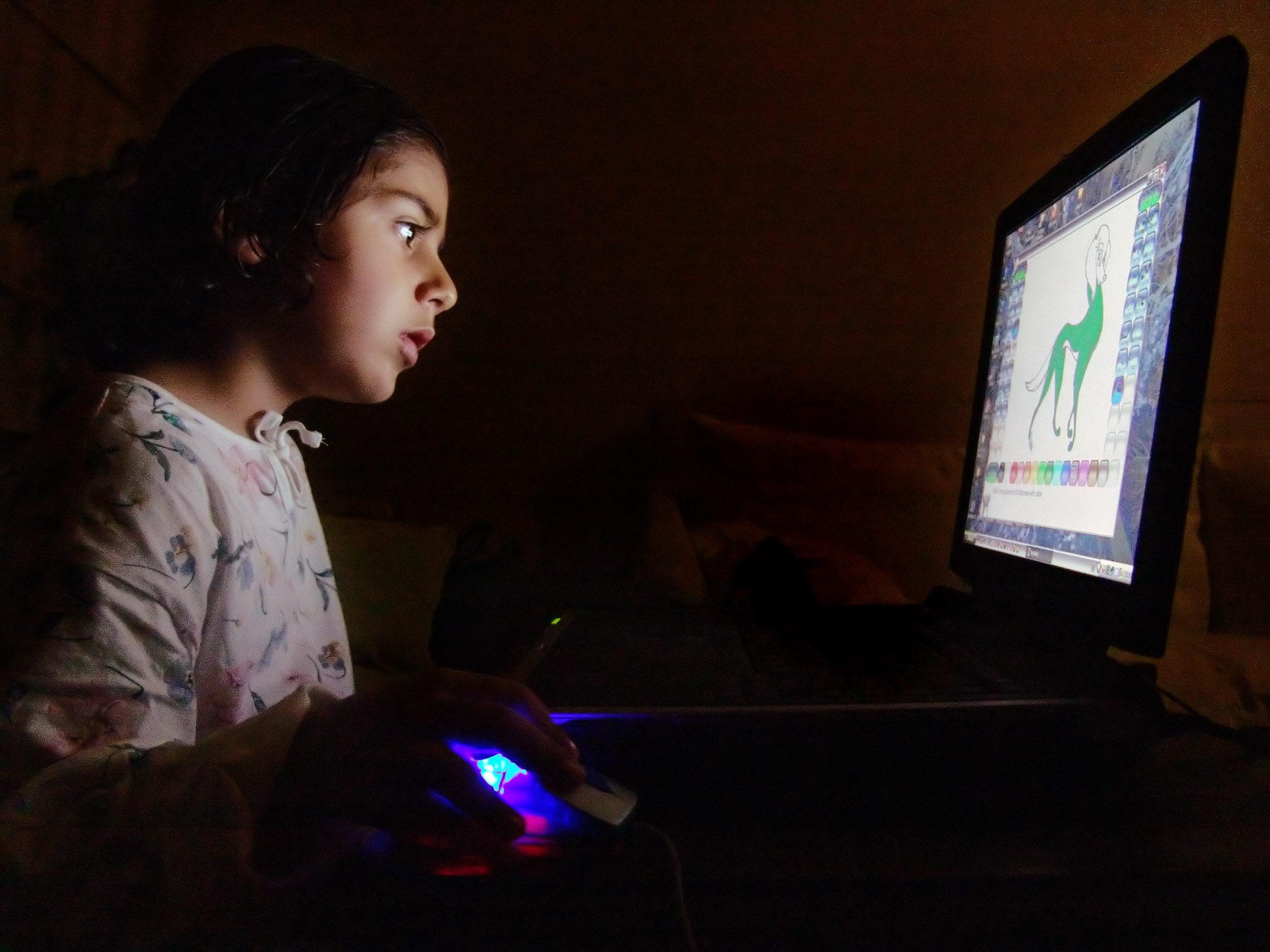Last week my heart broke when the media reported about a handbook circulating the dark web, listing ways for predators to target children during the COVID lockdown.
As a child protection advocate, I am fully aware that these types of ‘how to’ guides exist, but the fact that these predators are taking advantage of vulnerable children during a worldwide pandemic, makes my blood boil.
COVID-19 has placed an enormous amount of additional pressure and stress on parents. Not only are parents trying to keep their kids emotionally and physically healthy, but the additional responsibility of home schooling our children, working from home and financial pressures, has left many parents at breaking point.
With a lack of physical schooling, sport, playdates, playgrounds and other extra curricula activities, usually employed to keep our kids active, it is only natural that we are allowing our children greater access to their devices. Whether it be for online learning, entertainment or staying in touch with friends and family, our kids our spending more time online than ever before. Sadly, this also means that they are at greater risk to online predators.
Keeping our kids safe online is not a simple task – it takes time and effort and there are a number of steps involved. However, to give you an overview on the topic I have broken it down into 3 key areas Awareness, Boundaries & Controls.
-
AWARENESS:
As parents and carers, we need to be aware of what our kids our doing online – what programs they are accessing, what social media platforms they have joined and how they are interacting with others. We also need to make sure our kids are aware of online dangers and how to respond if they ever feel unsafe. Some practical tips include:
- Actively engage in conversations with your children about their online activities on a regular basis. Talk to them about the dangers of online predators, inappropriate content and cyberbullying. Help develop their critical thinking and ability to make good choices, by teaching them how to respond, when something or someone makes them feel uncomfortable or unsafe.
- Monitor their online activities. Let them know that you will be doing so, in order to keep them safe. Don’t be concerned about checking their browsing history and messages – this is not an invasion of privacy but an act of love and protection.
- Make the time and effort to learn about how their games, apps and social media accounts work. Check that they haven’t created additional accounts – one to show the parents and then one that they actively use.
- Be aware of changes in their behaviour that may indicate that they have been targeted online. If you are concerned or worried about your child it is important to talk to them openly and to reassure them that they are not in trouble.
-
BOUNDARIES:
It is important to set clear boundaries and expectations
- Set limits to their screen time and try to break it up throughout the day.
- Keep an open door policy when they are on their devices, or better still restrict them to common areas, where you can monitor their screen.
- If you walk in a room and your child changes their screen, or shuts down a program, don’t ignore it – call them out and ask to see what they were doing. In our house the device gets confiscated if I see them doing this.
- Respect the age limits on apps and social media – they are there for your child’s own protection.
- Set your own personal boundaries so you can model healthy screen habits and be an example to your children.
-
CONTROLS:
Ensure that you utilise parental controls and settings
- Parental controls can help block your children from accessing specific websites, apps or functions. For detailed instructions I recommend visiting the Esafety website and reading their “Taming Technology”
- Check the settings on your children’s smart toys as the default settings may be revealing your child’s personal details and location.
- Give your children access to the ‘kid friendly’ versions of websites and apps. For example “Youtube Kids” or “Kids Messenger”.
- Check the settings on your children’s social media accounts and make sure that they are set to private. For older children, encourage them to keep their accounts private, however if they insist on a public account they can still set limits restricting who can view their account and who can message them.
- Use the controls available on your wifi, to limit internet access. Depending on your provider, you may be able to limit each child’s device separately and set different limits for school days and weekends.
For further information on staying safe during the COVID lockdown I encourage you to go to the government’s eSafety website and download their guide for parents.
For further information on empowering and protecting young children against sexual abuse go to www.onlyforme.com.au. For a limited time you can order my SAFE Kids Series (valued at $14.95) for FREE. Enter the coupon code: SAFEKIDS. Offer expires 30.06.20.
To view on YouTube:
You may also like to read:






